Pepper, African Cayenne (Capsicum frutescens), Packet of 20 Seeds, Organic
$3.95
Please note: Formerly called “Mboga,” we have renamed this African Cayenne due to its origin and its similarity to standard Cayenne. The main difference is, that African Cayenne is a bit larger and later maturing than standard Cayenne.
Family: Nightshade (Solanacea)
~30,000 Scoville Heat Units
Annual. 90 days from planting to field to maturity.
(Pilipili Mboga, East African Cayenne Pepper) In Zanzibar, where this pepper was selected by indigenous people, they call it “Pilipili Mboga” which means, literally, in Swahili, “Vegetable Pepper.” These peppers are generally consumed in the green state (their turgid greenness is handsomely accessorized with purple markations), chopped finely and served along with lime, tomato, onion and of course salt. It is a great, not too hot pepper. If you pick them very early, then they won’t be very hot at all, and will taste more or less like a green bell pepper. Type was originally sourced from Pemba, the peppers are now grown by us on our farm here in Southern Oregon. The plant is about 2 feet tall, flat-topped, with dark green leaves, large and decorative flowers–a very heavy and trouble-free producer of peppers as per the photo. The fruits are thin and about 3 inches long. Here in the mountains of Southern Oregon we find that the maturation of African Cayenne takes about 3 weeks longer than common Cayenne peppers, so if you want red fruit (or seed) it makes sense to get started early. But frankly, if we can pull off a good crop here, growers in the midwest or in the South will have–NO PROBLEM getting them to mature (our nights are really cold!) Besides, these are traditionally eaten while still green and technically unripe. Peppers prefer a scanty, even water supply, good drainage, full sun, and a long, hot summer. Start indoors 40 to 50 days prior to the last frost. Thin seedlings to at least 2 inches apart in the flat. Transplant out to garden after the soil has really warmed up. Space plants 2 feet apart.
20 Seeds/pkt., Certified Organically Grown
Traditional usage (TWM): flavor enhancement, circulation stimulant, antibacterial, vermifuge, against shock, life extension, prophyllactic to cancer and heart disease.* Source of capsaicin.
* American Heart Association Scientific Sessions Report, Presentation P1036
- Consumption of chili pepper may reduce the relative risk of cardiovascular disease mortality by 26%, according to an analysis of diet and mortality data from four large, international studies.
- Chili pepper consumption was associated with a 25% reduction in death from any cause and 23% fewer cancer deaths, compared to people who never or only rarely consumed chili pepper.
In stock

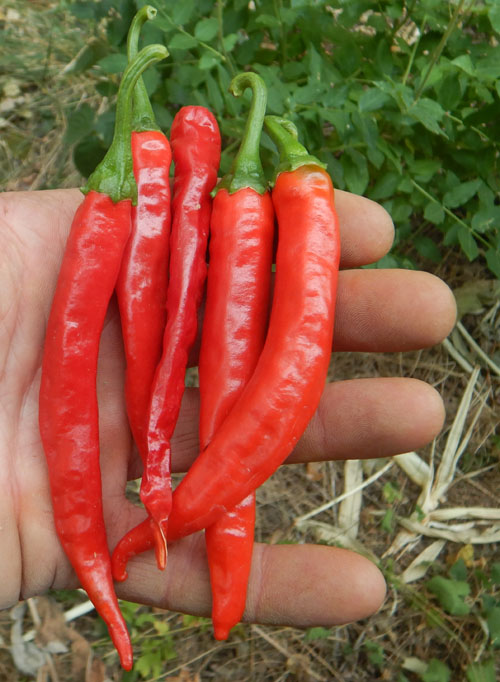
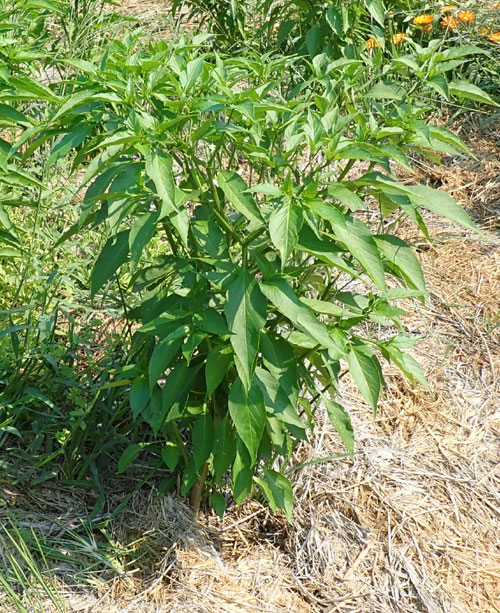


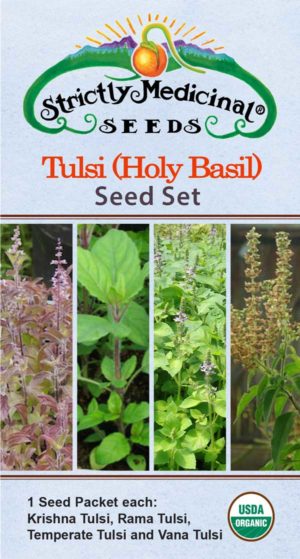
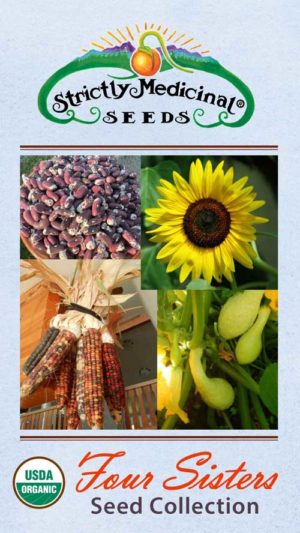
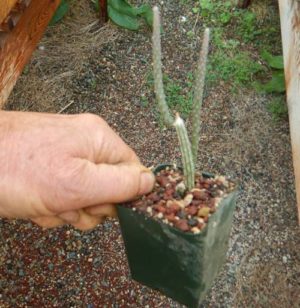
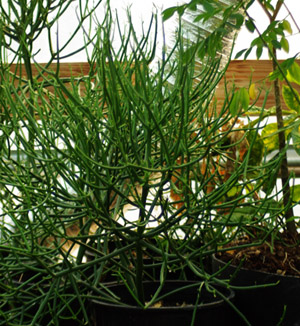
What others are saying
There are no contributions yet.